
How different are the BS6 and BS4 Bajaj Pulsar 150?
- Feb 13, 2020
- Views : 123890

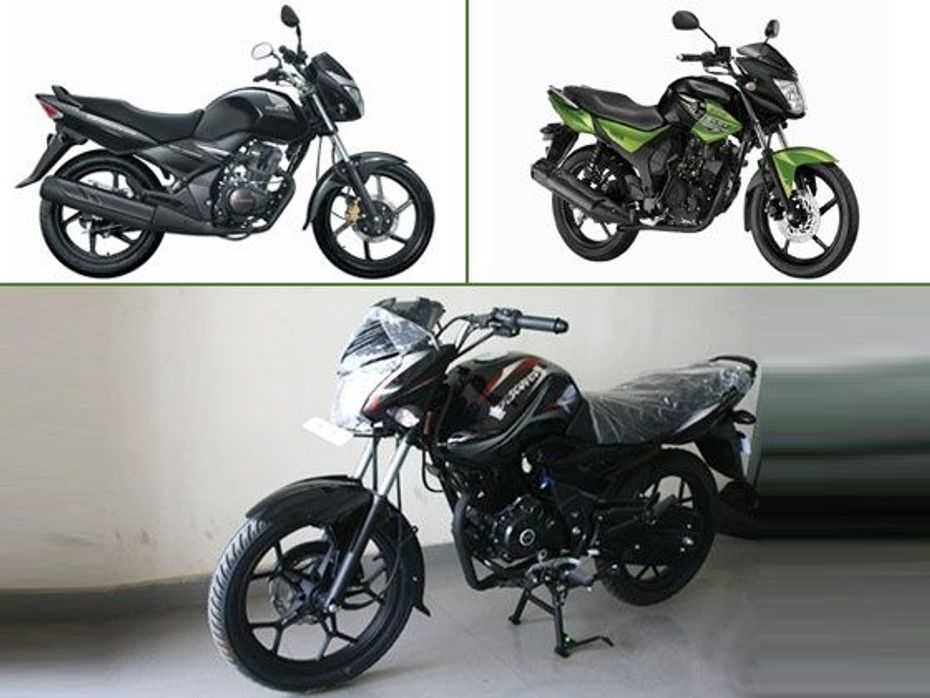
The entry level 150cc segment is an intensely competitive space, for the customer in this segment knows what he wants. And this is not the typical college going 18-25 year old who looks for a bike with performance and edgy looks. This is the practical, slightly older customer in his late 20s and even early 30s and in a day job. The customer here seeks a practical bike for the daily commute and wants a bike with power from a larger displacing engine, but one that also provides decent fuel economy.
This is the intensely competitive entry-level 150cc segment and this is where all two wheeler manufacturers vie to score sales numbers. Yamaha has recently updated its entry level 150cc offering with its patented Blue Core technology. The company claims the upgraded Version 2.0 Yamaha SZ-RR is 11 per cent more fuel efficient than its predecessor but it is Rs 3,000 more expensive too than the outgoing model.
The more popular bikes in this segment is the Bajaj Discover 150S as well as Honda’s workhorse the CB Unicorn. Although this space is also shared by Suzuki’s GS150R and Hero’s Hunk, we are comparing the Yamaha with its more popular rivals to see how this new and upgraded SZ-RR fares. After all, the entry-level 150cc segment customer is a discerning one, and likes to weigh all pros and cons before deciding on a purchase.
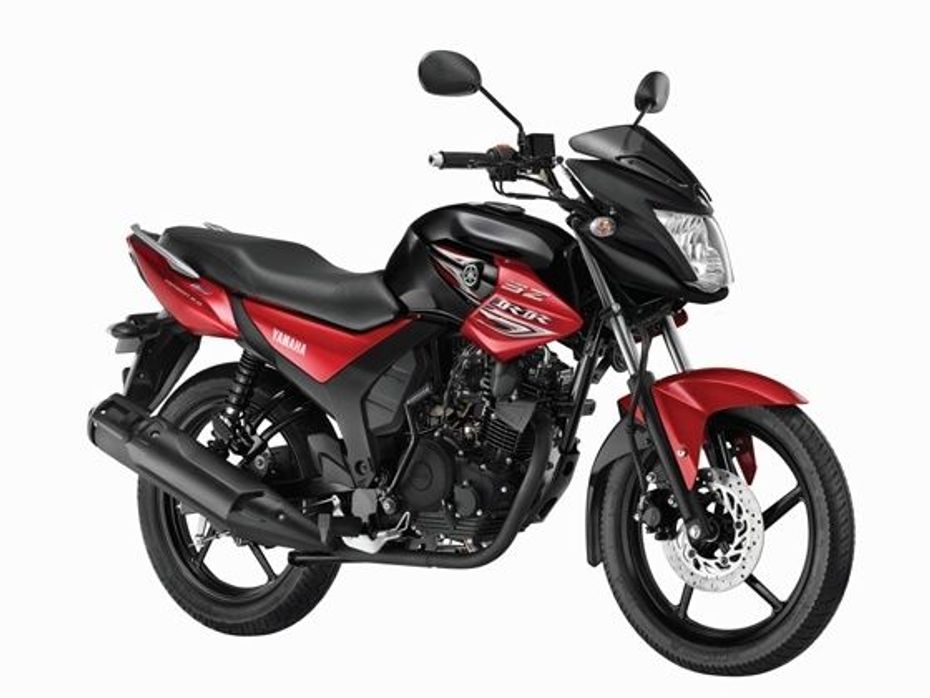
Design, Features and Dimensions
There’s no doubt that the Yamaha SZ-RR V2.0 is a good looking bike in this segment, even with its slightly understated looks. The upgraded V2.0 doesn’t get any radical new styling, but gets new colours; the paint scheme and graphics seem somewhat “borrowed” from its upmarket sibling the FZ FI V2.0. The Yamaha SZ-RR V2.0 does get a few other cosmetic upgrades like tubeless tyres and a restyled instrument panel, but it’s fairly simple and basic with analog speedometer, tachometer, odometer and fuel gauge. But overall, design remains the same as the outgoing model.
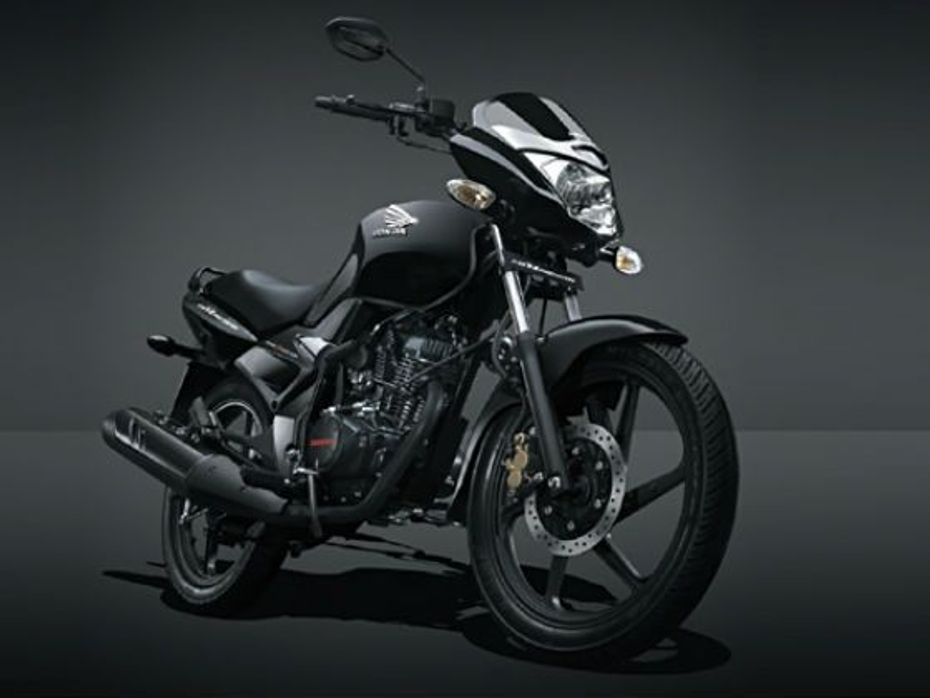
Honda’s CB Unicorn has more or less retained the same basic shape ever since it was launched nearly a decade ago. The design however, feels timeless and even with the understated and fairly basic style, the CB Unicorn continues to attract buyers. The instrument panel consists of the same analog three-pod cluster housing the tachometer, speedometer and fuel gauge, but it still retains a neat and functional look. It’s not a head turner, but despite the plain Jane looks, the Honda CB Unicorn continues to have its following of loyal fans.
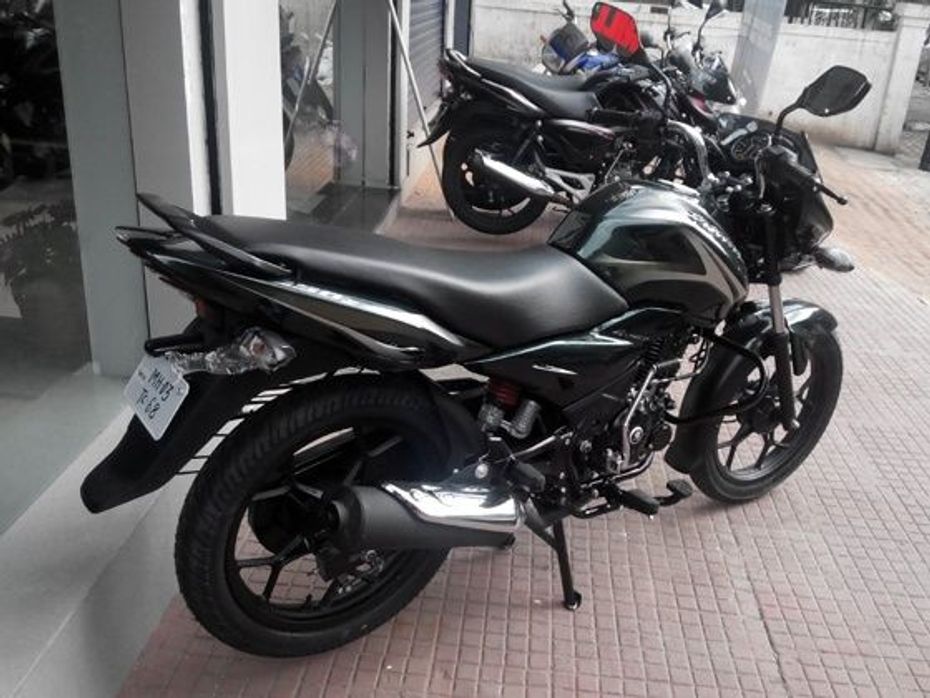
The Discover 150S is the newest – well almost “new” design, if you don’t consider the fact that most of the body panels and basic design have been borrowed from the now-discontinued Discover 125ST. Yes, the Discover 150S is built on the same platform as other Discovers and it certainly won’t win “best-looker” prizes here in this comparison. But it’s plain and simple economics why Bajaj has decided to focus on function over form.
Sharing style and design cues from an already under-production bike means cost benefits and in turn, prices can be kept competitive. The result – a conventional design, paint and graphics scheme which is rather common for most bikes of Bajaj’s Discover range. If a buyer wants to look for something unique in terms of style, the Discover will certainly not make its mark here. But then the cost advantages are also carried forward to the customer.
The Discover 150S is also the shortest bike in this comparison, at just 2038mm length. At 2095mm, the Honda CB Unicorn is the longest and the Yamaha SZ-RR occupies middle spot at 2050mm. This means the Honda will feel longer and bigger and if one’s almost always going to have a passenger, both the Bajaj and the Yamaha will feel slightly cramped, especially with a shorter seat than the Honda.
The Yamaha also holds second spot in weight, at 134kg, while the Discover 150S is the lightest at 132kg and the Honda CB Unicorn being the heaviest at 146kg. The Discover also has the smallest capacity fuel tank at 10 litres, while the Yamaha has the largest at 14 litres, followed by the CB Unicorn at 13 litres.
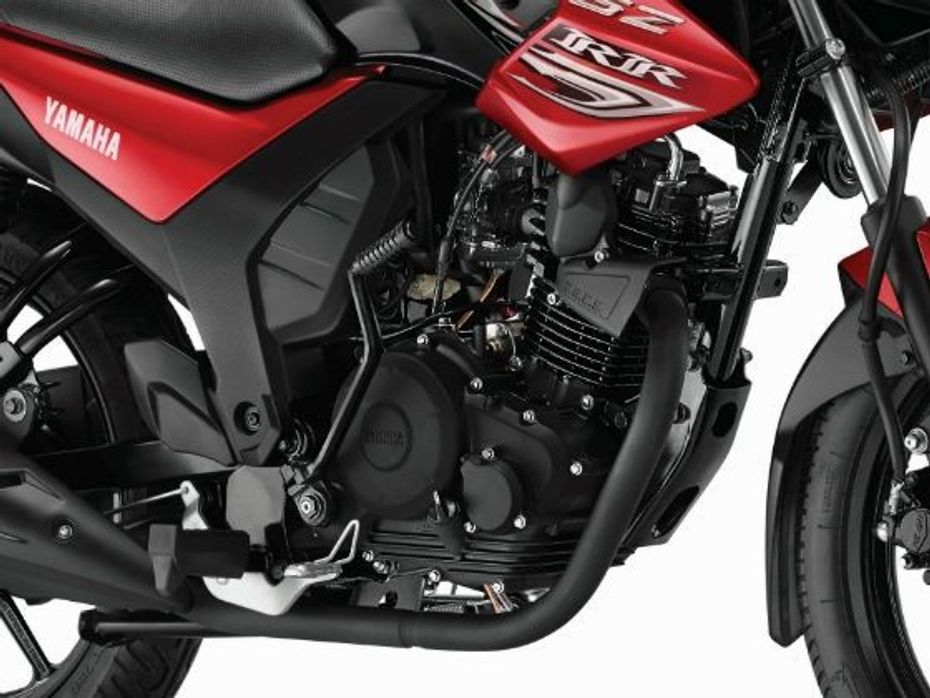
Engine, suspension and brakes
The Yamaha SZ-RR V2.0’s engine is all-new, equipped with Yamaha’s Blue Core technology. The engine now displaces less than the outgoing model, but has similar power and torque output. The new 149cc air-cooled mill is similar to the one seen in on the FZ FI V2.0 and Fazer FI V2.0 variants, but instead of fuel injection, it is carburetted. The engine is also detuned so maximum power is 12.1PS at 7,500rpm and torque peaks at 12.8Nm at 6,000rpm. Suspension setup consists of telescopic front forks and twin shock setup at rear while braking is taken care of by a front disc and rear drum.
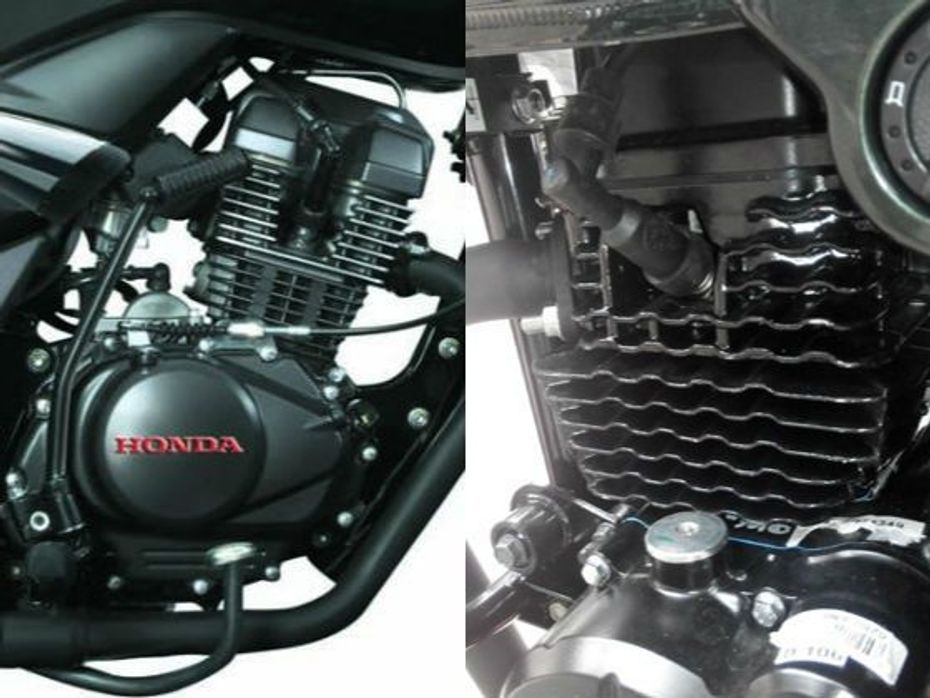
The Honda is powered by a 149.1cc four stroke engine which makes 13.3PS at 8500rpm and 12.84Nm torque at 5500rpm. It’s a tried and tested workhorse of an engine and has stood the test of time and has been widely acclaimed as fuel efficient, refined and with decent performance too. Suspension consists of telescopic front forks and a hydraulic monoshock unit at the rear – the first ever on an Indian bike. Braking is taken care of by a 240mm disc upfront and 130mm drum at the rear.
The engine on the Discover 150S is the only one here that comes equipped with a 4-valve head and twin sparkplugs. It displaces the least, just under 145cc, but makes the most power – all of 14.5PS. Peak torque of 12.75Nm at 6,500rpm is par for the course. The Bajaj gets telescopic front forks but comes equipped with an upmarket monoshock unit at the rear. While the base Discover 150S gets both front and rear drum brakes, an optional front disc variant comes equipped with an impressive 240mm petal disc upfront.
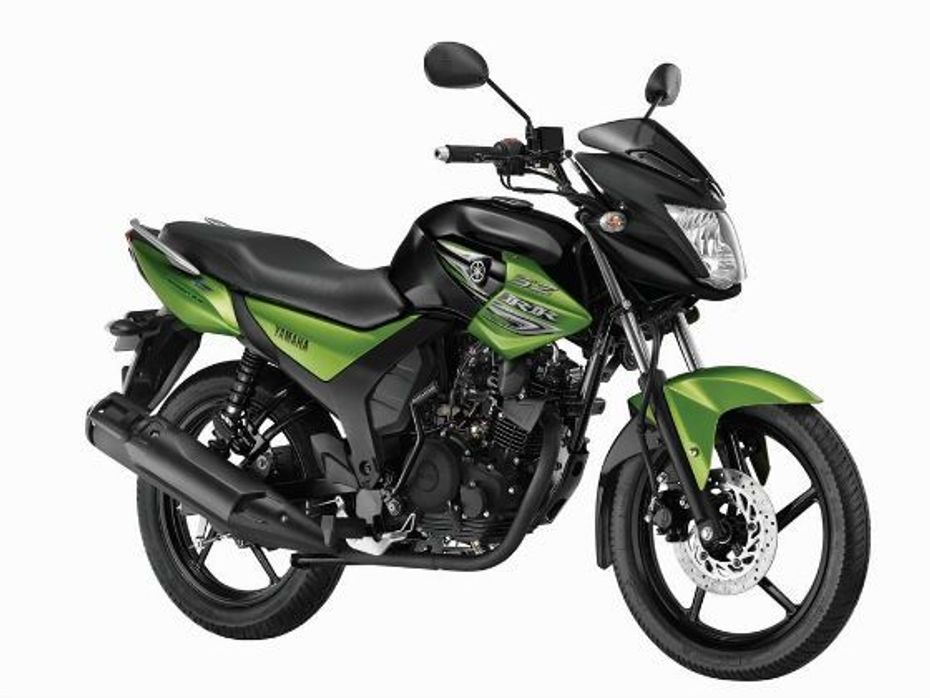
Price and Value
The Discover 150S is a bike which is priced just right. And Bajaj is surely and certainly banking on this bike to clock up the numbers in this segment. After all, it provides consumers the performance of a 150cc bike at the cost of a 125cc commuter. At Rs 56,196 ex-showroom Delhi, it’s still the least expensive and offers tremendous value for money. With the Bajaj brand value and sales and service network, the Discover 150S certainly makes for a very good choice for the price conscious buyer.
The CB Unicorn holds pride of place as Honda’s first motorcycle to be launched in India. Although it’s begun to look dated and far too common, it’s still the choice of many as a well-balanced purchase – offering an affordable 150cc bike that has also got adequate grunt and comfort, even with a passenger on board. At just over Rs 65,000 ex-showroom Delhi, the CB Unicorn is an expensive choice, but it’s also the most reputed as a no-fuss 150cc with good performance, fuel economy and refined engine.
The most expensive bike in this comparison is, however, the Yamaha SZ-RR V2.0 at Rs 65,300. Despite minor cosmetic upgrades and a new engine, the Yamaha, on paper, is still the least powerful amongst its rivals, and it misses out on perceived “premium” features like a monoshock rear suspension. At that price, the Yamaha SZ-RR still seems like an expensive proposition, considering the other “value for money” options available.

How different are the BS6 and BS4 Bajaj Pulsar 150?

Hero CBZ Xtreme vs Bajaj Pulsar 150 DTSi vs Honda CB Unicorn: Which...

Yamaha SZ-RR Version 2.0 Discontinued

Yamaha To Concentrate On Premium Motorcycles. End Of The Road For...

Yamaha SZ-RR Version 2.0 launched at Rs 65,300
 Hero Glamour
Hero Glamour
 Bajaj Pulsar 150
Bajaj Pulsar 150
 TVS Apache RTR 160 4V
TVS Apache RTR 160 4V
India's largest automotive community
 Yamaha MT 15 V2
Rs. 1.69 Lakh
Yamaha MT 15 V2
Rs. 1.69 Lakh
 Yamaha R15 V4
Rs. 1.82 Lakh
Yamaha R15 V4
Rs. 1.82 Lakh
 Yamaha yzf r15 v3
Rs. 1.66 Lakh
Yamaha yzf r15 v3
Rs. 1.66 Lakh
 yamaha fz s fi version 3
Rs. 1.22 Lakh
yamaha fz s fi version 3
Rs. 1.22 Lakh
 Yamaha fzs fi v4
Rs. 1.30 Lakh
Yamaha fzs fi v4
Rs. 1.30 Lakh
 Yamaha Ray ZR 125
Rs. 85,830
Yamaha Ray ZR 125
Rs. 85,830
 Yamaha Aerox 155
Rs. 1.49 Lakh
Yamaha Aerox 155
Rs. 1.49 Lakh
 Yamaha Fascino 125
Rs. 80,700
Yamaha Fascino 125
Rs. 80,700